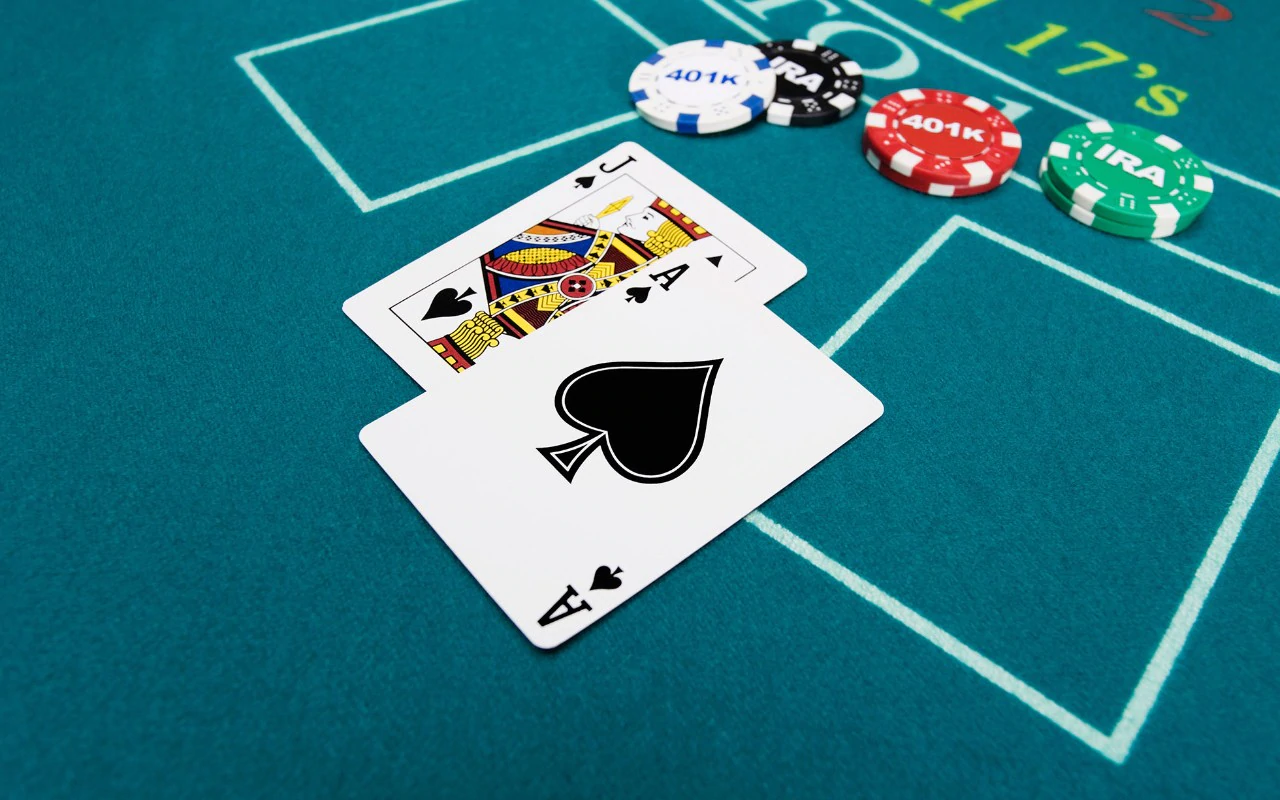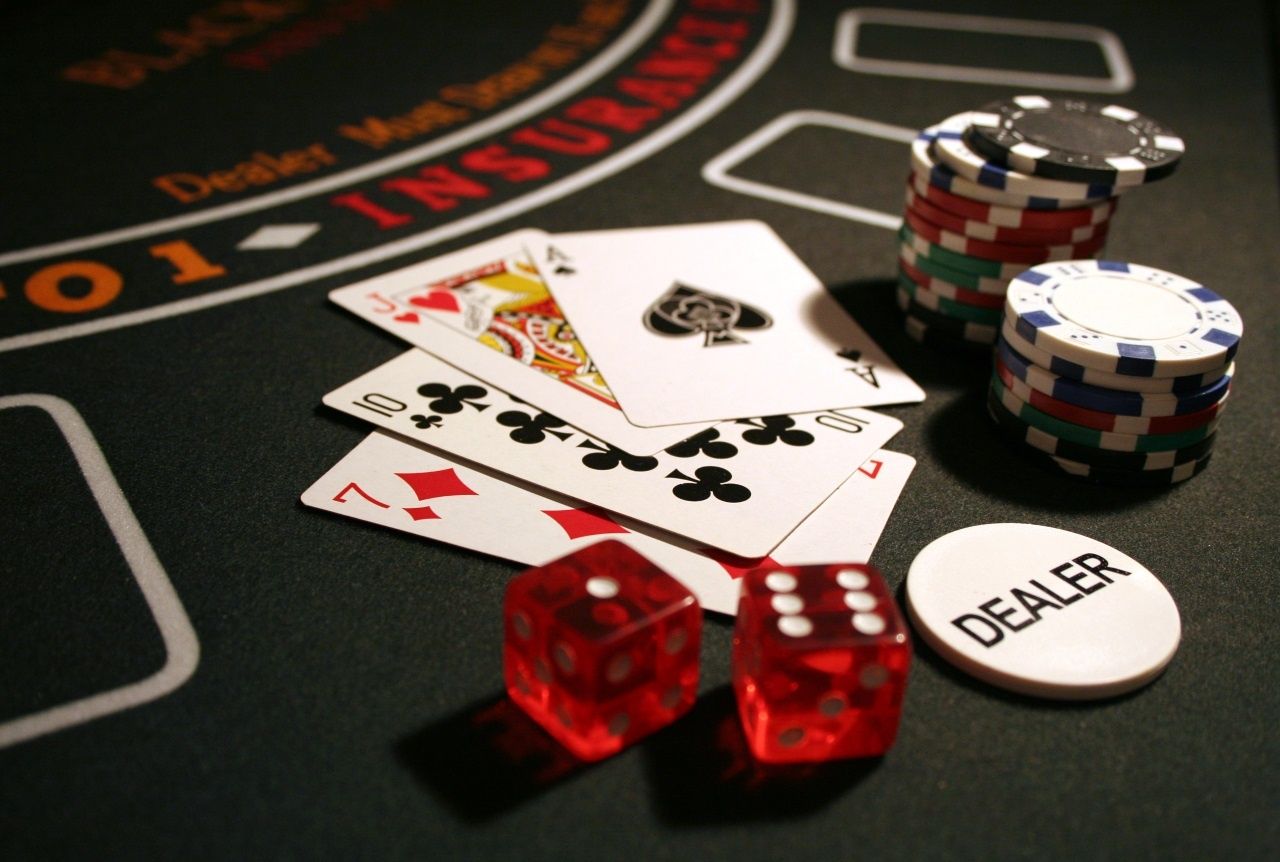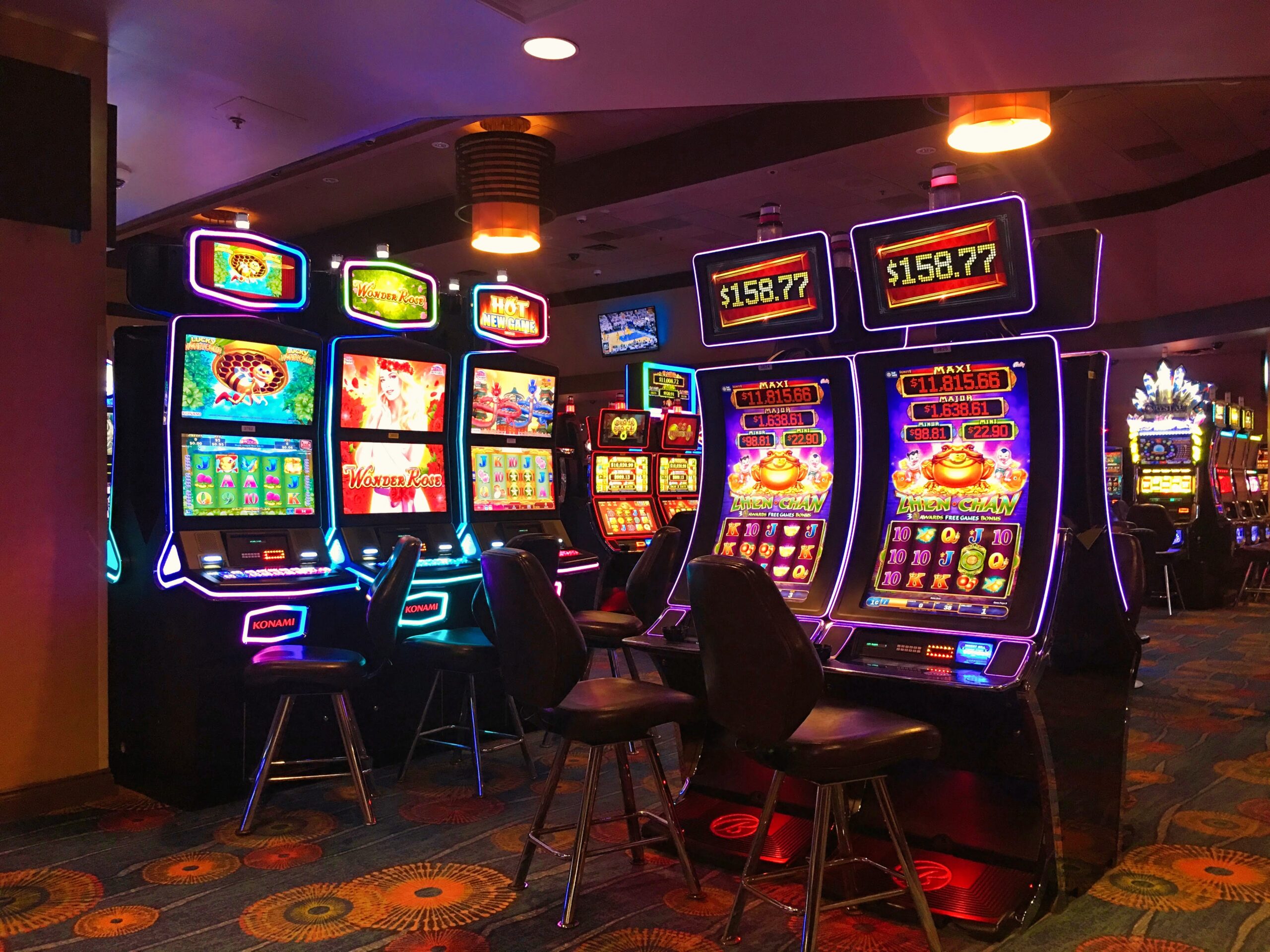Introduction
When To Hold In Blackjack: In the exhilarating world of casino gaming, few games capture the excitement and strategic thinking quite like blackjack. As players aim to beat the dealer’s hand without exceeding 21, mastering the art of when to “hold” or stand can significantly impact their success at the tables. The decision of whether to hold in blackjack can make all the difference between a triumphant victory and a heartbreaking defeat.
Holding in blackjack, often referred to as “standing,” is the act of keeping your current hand without requesting additional cards from the dealer. Knowing when to hold requires a keen understanding of the game’s dynamics, including the value of your hand, the dealer’s upcard, and the probabilities of potential outcomes.
We will delve into the nuances of when to hold in blackjack and explore various scenarios that players commonly encounter during gameplay. We will discuss fundamental blackjack strategy, which serves as a cornerstone for making informed decisions, and offer insights on how to navigate different situations at the blackjack table.
Whether you are a novice player looking to sharpen your blackjack skills or a seasoned gambler seeking to enhance your strategies, understanding when to hold in blackjack is a crucial element in your pursuit of success. So, let’s delve into the thrilling realm of blackjack strategy and unlock the secrets to becoming a formidable contender at the green felt.

Should you hold on 15 in blackjack?
17 and up always stands. 16 stands against dealer 2 through 6, otherwise hit. 15 stands against dealer 2 through 6, otherwise hit. 14 stands against dealer 2 through 6, otherwise hit.
In the game of blackjack, whether you should hold on a total of 15 depends on the dealer’s upcard and the specific rules of the blackjack variant you are playing. Generally speaking, a total of 15 is considered a weak hand because it’s relatively close to the maximum value of 21, and it can easily bust if you draw a 10-value card. However, the decision to hold or hit should be based on the dealer’s upcard and the probability of improving your hand.
If the dealer’s upcard is a 7 or higher, their potential for a strong hand is significant, and you might want to consider hitting your 15 to improve your chances of beating the dealer’s hand. Conversely, if the dealer’s upcard is a 6 or lower, they have a higher likelihood of busting, and you might be more inclined to stand on your 15 and let the dealer take the risk of going over 21.
It’s essential to remember that blackjack is a game of probabilities and making decisions based on the odds. If you play the game long enough, you’ll find that statistically, hitting on 15 against certain dealer upcards and standing against others is the optimal strategy. To improve your blackjack skills, you can study basic strategy charts that suggest the best moves based on the dealer’s upcard and your hand value. Keep in mind that while following the optimal strategy can minimize the house edge, blackjack still has an element of luck, and you may not win every hand.
How many times can you hold in blackjack?
The player can ‘HIT’ as many times as they wish, but have to aim not to ‘bust’ (exceed a total of 21). If the player busts, they immediately lose their bet. After each player has played and either stood or busted, the dealer takes their turn.
In blackjack, there is no strict limit on the number of times you can “hold” or choose to stand during a single hand. As long as you do not bust (exceed a total of 21), you can continue to hold at any point during the hand until you are satisfied with your hand’s value and want to compare it to the dealer’s hand.
The decision to hold or stand is entirely based on the player’s judgment of their hand’s strength and the likelihood of beating the dealer. Players can hold on their initial two-card hand or after receiving additional cards through hitting. However, once a player chooses to hit, they cannot change their decision to hold on the same hand.
It’s important to note that in blackjack, the goal is to beat the dealer’s hand without going over 21. Players should use basic blackjack strategy to make informed decisions on whether to hold or hit based on the dealer’s upcard and the probability of improving their hand’s value.
The number of times you can hold in blackjack is not limited; you can hold as many times as you like during a hand until you are satisfied with your hand’s total or decide to hit and risk going over 21.
What is the average hold for blackjack?
The average house edge for the game of blackjack is about half of 1%, yet the “hold” percentage is much higher at nearly 14.5%. Now you shouldn’t get these two numbers confused because the “house edge” is the predetermined percentage of each wager that the house is expecting to gain by letting you sit at the tables.
The term “average hold” in the context of blackjack is not a standard phrase used in the game. It’s possible that you might be referring to the “house edge” or “casino advantage” in blackjack, which is a measure of the casino’s expected profit from the game over the long run. The house edge is usually expressed as a percentage.
The average house edge in blackjack varies depending on the specific rules of the game and the player’s adherence to basic blackjack strategy. On average, the house edge in traditional blackjack with standard rules is around 0.5% to 1%. This means that for every $100 wagered by players, the casino expects to make a profit of about $0.50 to $1 in the long run.
However, it’s important to note that the house edge is an average theoretical value and does not guarantee individual outcomes for specific sessions or hands. In the short term, players can experience both winning and losing streaks due to the inherent variance in the game.
To improve their odds in blackjack, players can study and follow basic strategy, which is a set of mathematically derived decisions that optimize the player’s chances of winning based on their hand and the dealer’s upcard. By using basic strategy, players can reduce the house edge to its minimum and have a better chance of success in the long run.
How many hands is best for blackjack?
Two hands
Playing two hands is an excellent way of increasing your bet spread when the count is in your favor. You can also bet 50% of what you would have bet on one hand, on each of two hands, with less risk and variance.
The concept of the “best” number of hands in blackjack is subjective and depends on various factors, including individual preferences, risk tolerance, and bankroll size. Blackjack is a game of probability, and over the long run, the odds favor the casino due to the house edge. No specific number of hands can guarantee a profit or eliminate the house edge entirely.
When it comes to playing blackjack, it’s essential to approach it as a form of entertainment rather than an investment. With that said, here are some considerations for determining the number of hands to play:
1. Bankroll Management: Set a budget for your blackjack session and divide it into smaller units for betting. This ensures that you can sustain longer play and enjoy the game.
2. Basic Strategy: Learn and apply basic blackjack strategy. This strategy minimizes the house edge and gives you the best chance of making optimal decisions for each hand.
3. Variance: Blackjack outcomes can be subject to variance, meaning short-term results may vary significantly from expected averages. Playing more hands can help mitigate the effects of variance.
4. Enjoyment: The number of hands you play should align with how much enjoyment you derive from the game. Some players prefer shorter sessions, while others enjoy longer sessions.
Ultimately, the “best” number of hands for blackjack is a personal choice. The key is to play responsibly, have fun, and be prepared for both winning and losing outcomes. If you ever feel fatigued or overwhelmed, take breaks or stop playing to maintain a positive experience.
What is 777 rule in blackjack?
You win if at least one of your first two cards is a 7; you win more if both of your first two cards are 7s. The payouts increase further if the Dealer’s up card is also a 7.
The “777 rule” in blackjack refers to a specific side bet or bonus feature that some casinos may offer at their blackjack tables. It’s important to note that this rule is not a standard part of traditional blackjack and may not be available in all casinos or blackjack variations.
The 777 rule typically involves a side bet that allows players to win a bonus payout if their initial hand contains three sevens (7-7-7) and sometimes if the dealer’s upcard is also a seven. The payout for this side bet can vary from one casino to another but is often quite substantial, attracting players who seek the thrill of a big win.
It’s important to exercise caution when considering side bets in blackjack or any casino game. While they can offer enticing payouts, they generally carry a higher house edge compared to the main blackjack game. The primary reason casinos offer side bets is to increase their profits, as these bets are typically less favorable to the players in the long run.
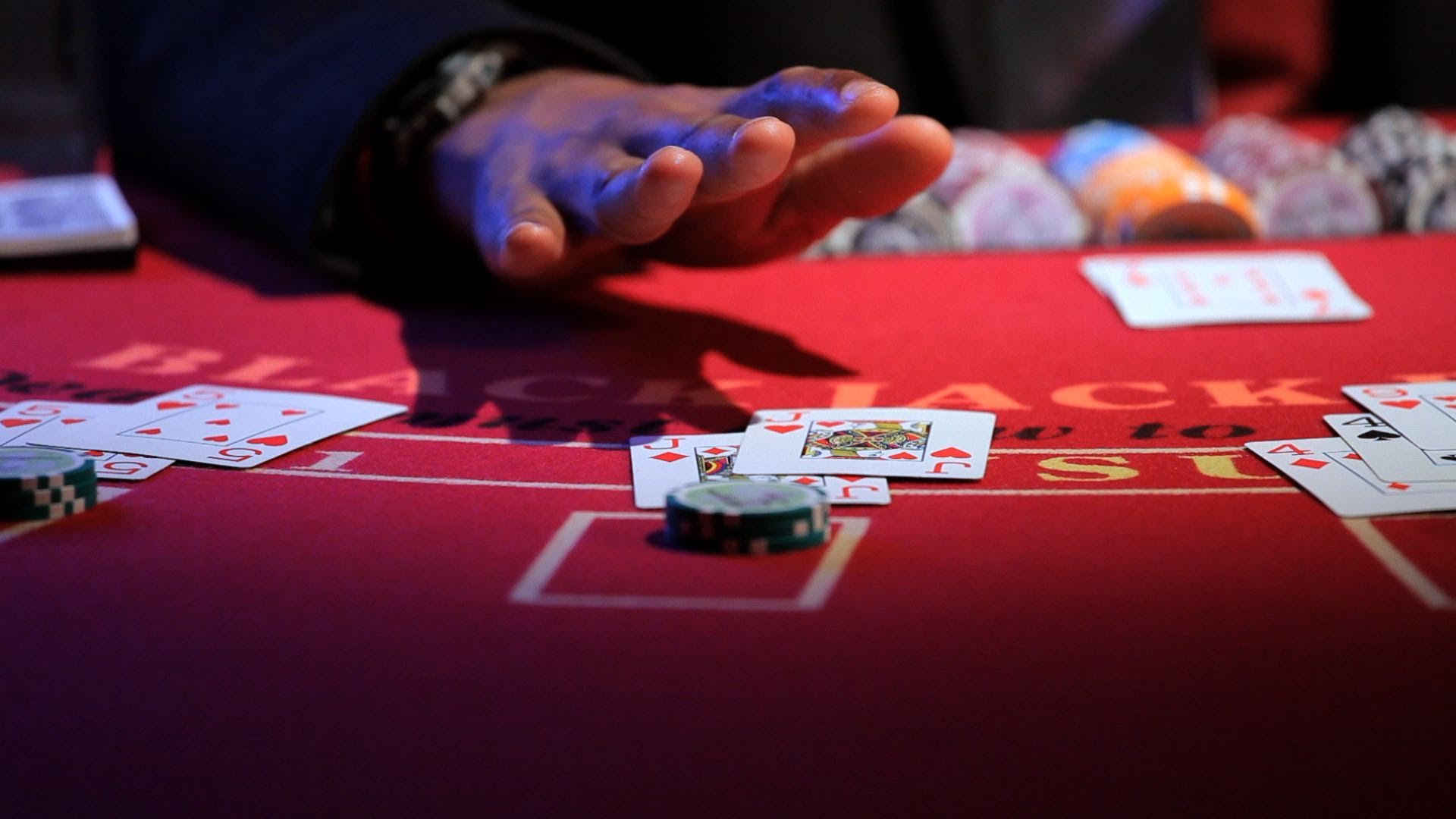
Should you hold on a soft 18 in blackjack when the dealer’s upcard is a 9?
In blackjack, the decision of whether to hold on a soft 18 when the dealer’s upcard is a 9 requires careful consideration and adherence to basic strategy. A soft 18 is a hand that contains an Ace, which can be counted as either 11 or 1, and a 7, making it a flexible and potentially advantageous hand.
When facing a dealer’s upcard of 9, it’s crucial to remember that the dealer has a strong chance of having a total of 19. Since 19 is a higher value than your soft 18, hitting the hand is generally the recommended strategy.
By hitting on a soft 18 against a dealer’s 9, you aim to improve the hand’s value without risking an immediate bust. The objective is to draw a card that won’t push the hand over 21, but instead, improve it to a hand closer to 21 or even reaching 21 itself.
Basic strategy advises hitting on soft 18 against a dealer’s 9 because the odds of getting a card that enhances your hand, such as a 2 through 4, are more favorable than standing and hoping the dealer will bust.
Ultimately, following basic strategy in blackjack maximizes your chances of making optimal decisions based on mathematical probabilities, thereby reducing the casino’s advantage and enhancing your potential for success in the long run.
When is it best to hold on a hard 16 in blackjack, considering the dealer’s upcard is a 7?
In blackjack, holding on a hard 16 when the dealer’s upcard is a 7 is one of the most challenging and debated decisions players face at the table. A hard 16 is a hand without an Ace or a hand with an Ace counted as 1, making it vulnerable to busting if another high-value card is drawn.
When the dealer shows a 7, it signifies a strong upcard, making the situation even more precarious for the player. Basic strategy suggests that the best course of action in this scenario is to hit, despite the risk of busting.
The reason for hitting on hard 16 against a dealer’s 7 is based on probability. The chances of improving your hand by drawing a card with a value of 5 or lower (2 through 5) are more favorable than standing and hoping the dealer will bust. Statistically, the dealer has a high likelihood of having a hand that totals 17 or more when showing a 7, so standing on a hard 16 is generally considered a riskier play.
While hitting on hard 16 against a 7 may feel counterintuitive, it is essential to remember that blackjack is a game of probabilities. Following basic strategy ensures that you make the most optimal decisions based on mathematical calculations, ultimately reducing the house edge and increasing your chances of success in the long run.
In a blackjack game with the “777 rule,” when should you consider placing a side bet to potentially win a bonus payout?
In a blackjack game with the “777 rule,” players have the opportunity to place a side bet to potentially win a bonus payout when specific conditions are met. The “777 rule” typically involves a side bet that pays out a bonus if the player’s initial hand contains three sevens (7-7-7) and, in some cases, if the dealer’s upcard is also a seven.
When considering whether to place the side bet, players should be aware of the odds and potential risks associated with this type of wager. The bonus payout for hitting three sevens can be quite enticing, leading players to try their luck in pursuit of a substantial win. However, it’s crucial to remember that side bets usually have a higher house edge compared to the main blackjack game.
Placing side bets, including those associated with the “777 rule,” should be done cautiously and in moderation. While they offer the potential for big payouts, they are typically designed to increase the casino’s profits. Players should prioritize their primary blackjack strategy and main wagers, as they offer better odds of success in the long run.
The decision to place a side bet ultimately depends on individual preferences, risk appetite, and entertainment value. If players choose to make the side bet, it’s essential to do so with a clear understanding that it adds an additional element of chance to the game, and the outcome will largely be determined by luck rather than skill.
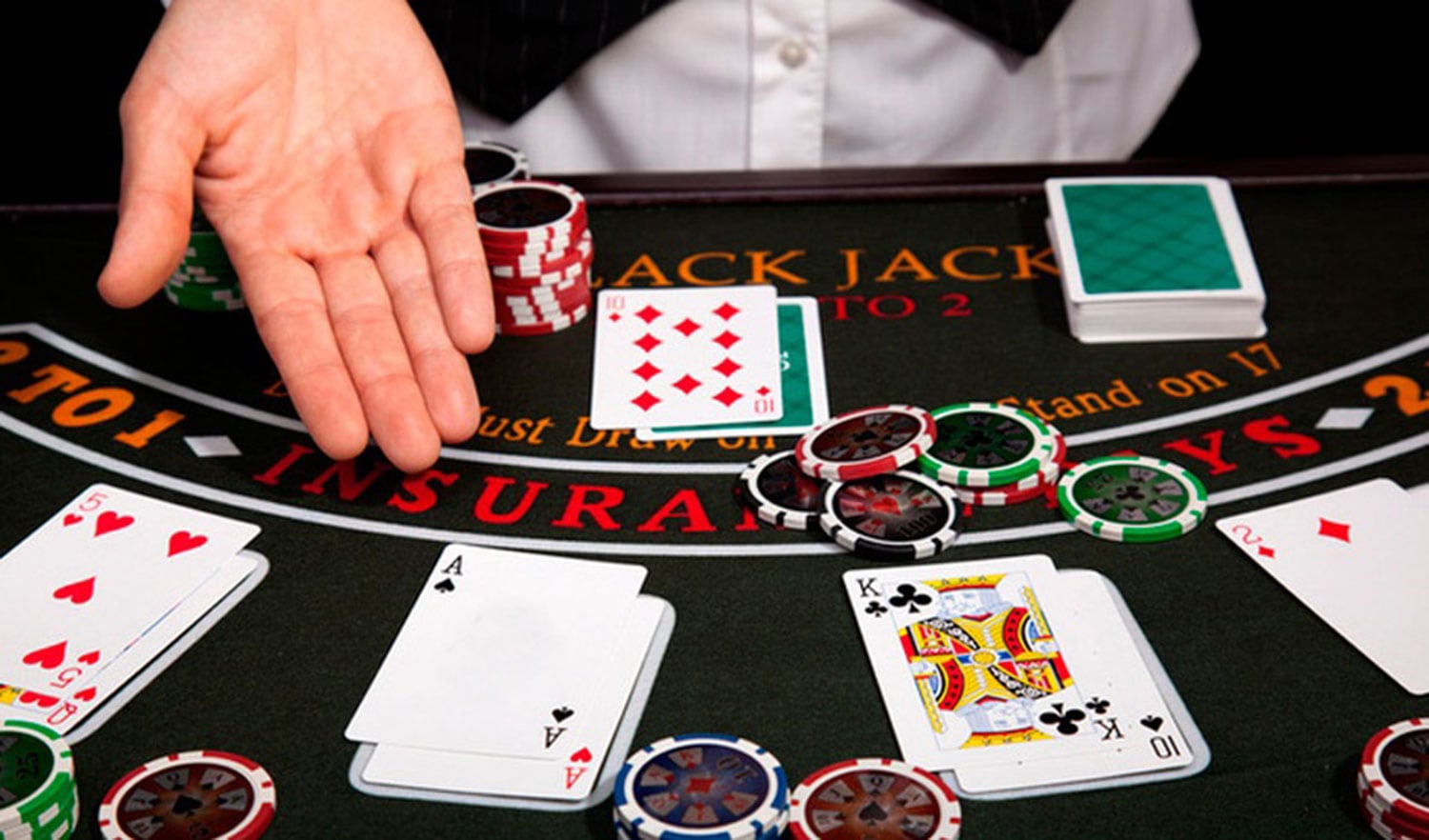
Conclusion
Mastering the art of when to hold in blackjack is a pivotal skill that can greatly influence your performance and success at the tables. Understanding the strategic nuances of this decision can elevate your gameplay from mere chance to calculated choices, increasing your chances of beating the dealer and walking away with a smile.
Throughout this guide, we’ve explored the fundamental aspects of when to hold in blackjack, emphasizing the importance of basic strategy and situational awareness. The key to making sound decisions lies in evaluating your hand’s value, considering the dealer’s upcard, and employing probability-based reasoning to determine the most favorable course of action.
By adhering to basic strategy charts and recognizing common scenarios, such as holding on strong hands like 17 and above, and hitting on weaker hands like 12 to 16 against a dealer’s strong upcard, you can significantly reduce the house edge and enhance your long-term odds of success.
It’s essential to maintain a disciplined approach when playing blackjack and avoid succumbing to impulsive decisions based on emotions or gut feelings. Remember that blackjack is a game of skill blended with chance, and while there are no guarantees of winning any particular hand, making informed choices will improve your overall performance in the long run.
So, the next time you find yourself at the blackjack table, take a deep breath, rely on your knowledge of when to hold, and enjoy the thrill of the card game. With a strategic mindset and a little luck, you might just find yourself savoring the sweet taste of victory in the world of blackjack.




